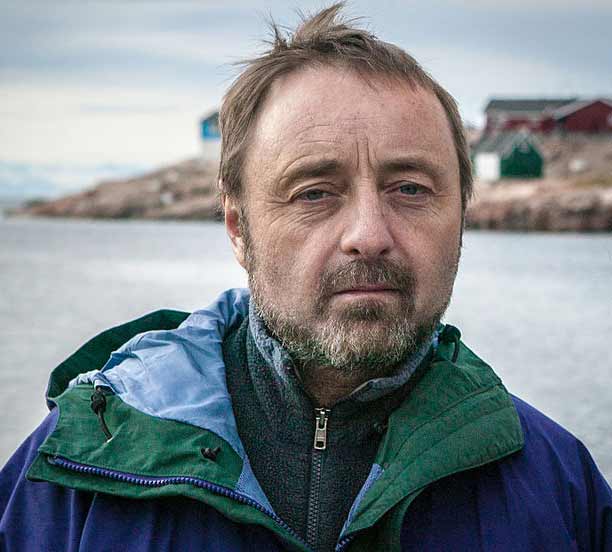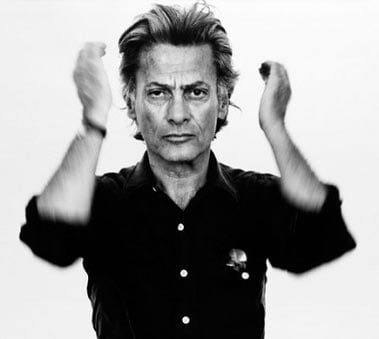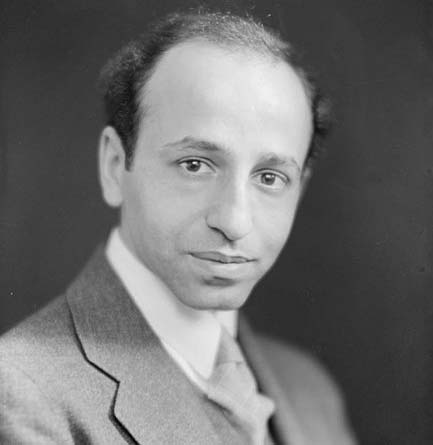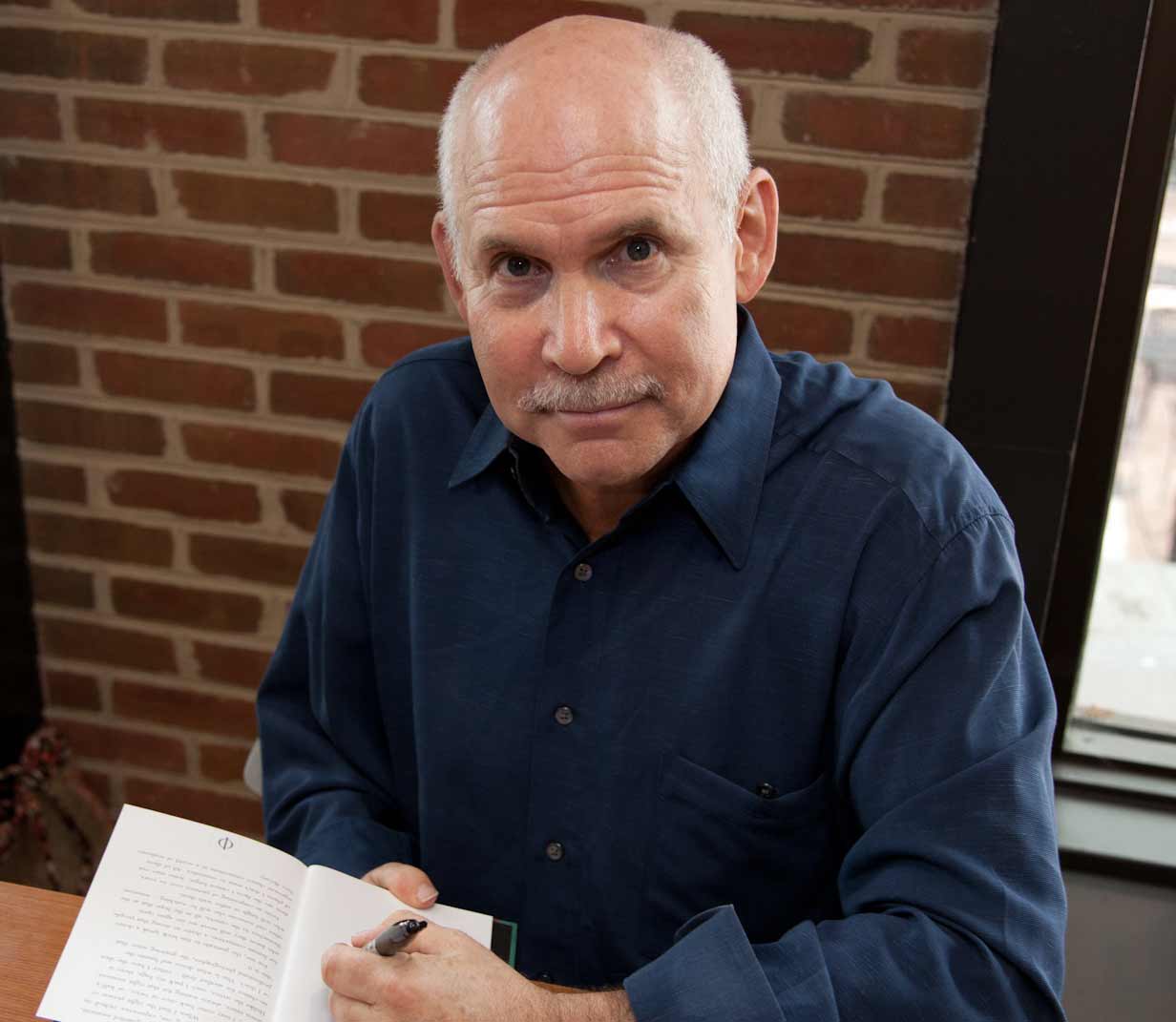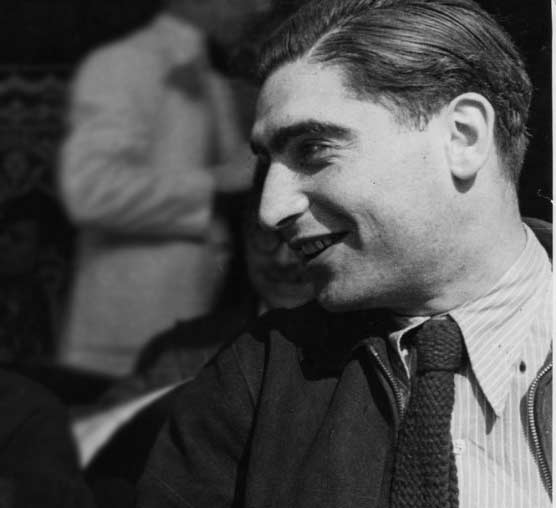| Full Name | Henri Cartier-Bresson |
| Date of Birth | August 22, 1908 |
| Place of Birth | Chanteloup-en-Brie, France |
| Date of Death | August 3, 2004 (aged 95) |
| Place of Death | Céreste, France |
| Burial Place | Montjustin, France |
| Alma Mater | Lycée Condorcet, Paris |
| Occupations | Photographer, painter |
| Spouses | Ratna Mohini (m. 1937; div. 1967), Martine Franck (m. 1970) |
| Children | 1 |
| Awards | Grand Prix National de la Photographie (1981), Hasselblad Award (1982) |
| Notable Achievements | Pioneer of street photography, master of candid photography, early user of 35mm film, co-founder of Magnum Photos |
| Artistic Philosophy | Viewed photography as capturing a “decisive moment” |
| Early Life | Born to a wealthy family; his father was a textile manufacturer; mother’s family were cotton merchants and landowners |
| Family Background | Descended from Charlotte Corday; lived in a bourgeois neighborhood in Paris |
| Education | Attended École Fénelon and Lycée Condorcet; influenced by a governess who instilled a love of English |
| Early Interests | Took holiday snapshots with a Box Brownie, experimented with a 3×4 inch view camera, also sketched |
| Later Life | Largely discontinued photographic work in the 1970s to focus on painting |

